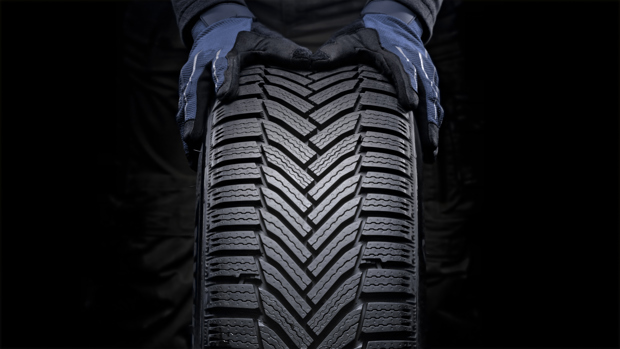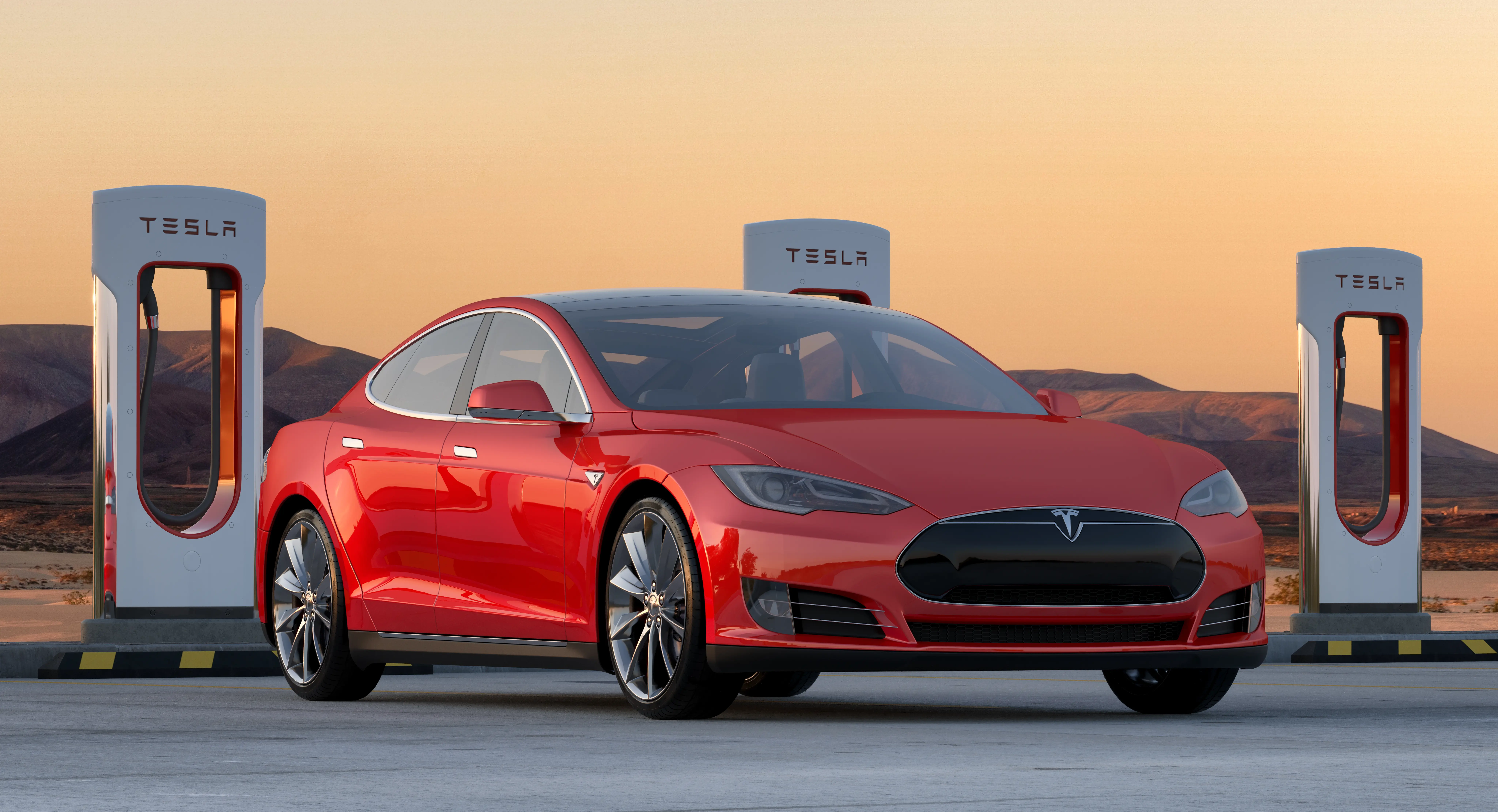Are the Tires on a Tesla Model S Specific?
For electric vehicles like the Tesla Model S, tires play a pivotal role in performance and efficiency. These vehicles have unique requirements that differentiate them from traditional combustion engine cars, including their tires.
One primary reason for this distinction is weight distribution. Electric vehicles have heavier battery packs, usually located at the car's base, impacting how weight is distributed across the tires. Thus, EV tires must be designed to handle this extra weight and offer optimal grip and stability.

How to Maintain Your Tesla Model S Tires
Proper tire maintenance is vital for ensuring the longevity and performance of your Tesla Model S. Here are some tips to help extend your tires' lifespan:
1. Regularly check tire pressure:
Maintaining correct tire pressure is critical for safety and tire longevity. Underinflated or overinflated tires can cause uneven wear and reduce fuel efficiency. Refer to your Tesla Model S owner's manual for the recommended tire pressure and check it at least once a month.
2. Rotate your tires:
Regular tire rotation helps distribute wear evenly across all four tires, extending their lifespan and improving overall traction and handling. Consult your Tesla service center for the recommended tire rotation interval.
3. Avoid aggressive driving:
Rapid acceleration, hard braking, and sharp turns can excessively strain your tires, leading to premature wear. Drive smoothly and maintain a consistent speed to reduce unnecessary stress on your tires.
Recognizing when to replace your Tesla Model S tires is crucial for optimal safety and performance. Here are some signs indicating the need for tire replacement:
1. Tread wear indicators:
Most tires have tread wear indicators, small rubber bars located in the tread grooves. When the tread wears down to these indicators, it's time to replace the tires.
2. Uneven tread wear:
Uneven wear patterns, such as one side wearing more than the other, could indicate an alignment or suspension issue. Have your tires inspected by a professional to determine if replacement is necessary.
3. Age and mileage:
Even if your tires appear to have sufficient tread depth, it's recommended to replace them every 6 years or after driving approximately 50,000 miles to ensure optimal safety and performance.
Worn-out tires can negatively impact your Tesla Model S, compromising safety and performance. Here are some potential consequences of driving with worn-out tires:
1. Reduced traction:
Worn-out tires have decreased grip, especially on wet or slippery surfaces, leading to longer braking distances and increased chances of skidding or hydroplaning.
2. Poor fuel efficiency:
Bald or unevenly worn tires can increase rolling resistance, causing your Tesla Model S to consume more energy and decrease overall efficiency.
3. Decreased handling and stability:
Worn-out tires may affect your vehicle's control, particularly during sudden maneuvers or emergencies.
By following these tire maintenance tips and knowing when to replace your tires, you can ensure that your Tesla Model S performs optimally and remains safe on the road. For help rotating or maintaining the tires on your Tesla Model S visit your nearest NexDrive service centre today!
Find a NexDrive Facility








